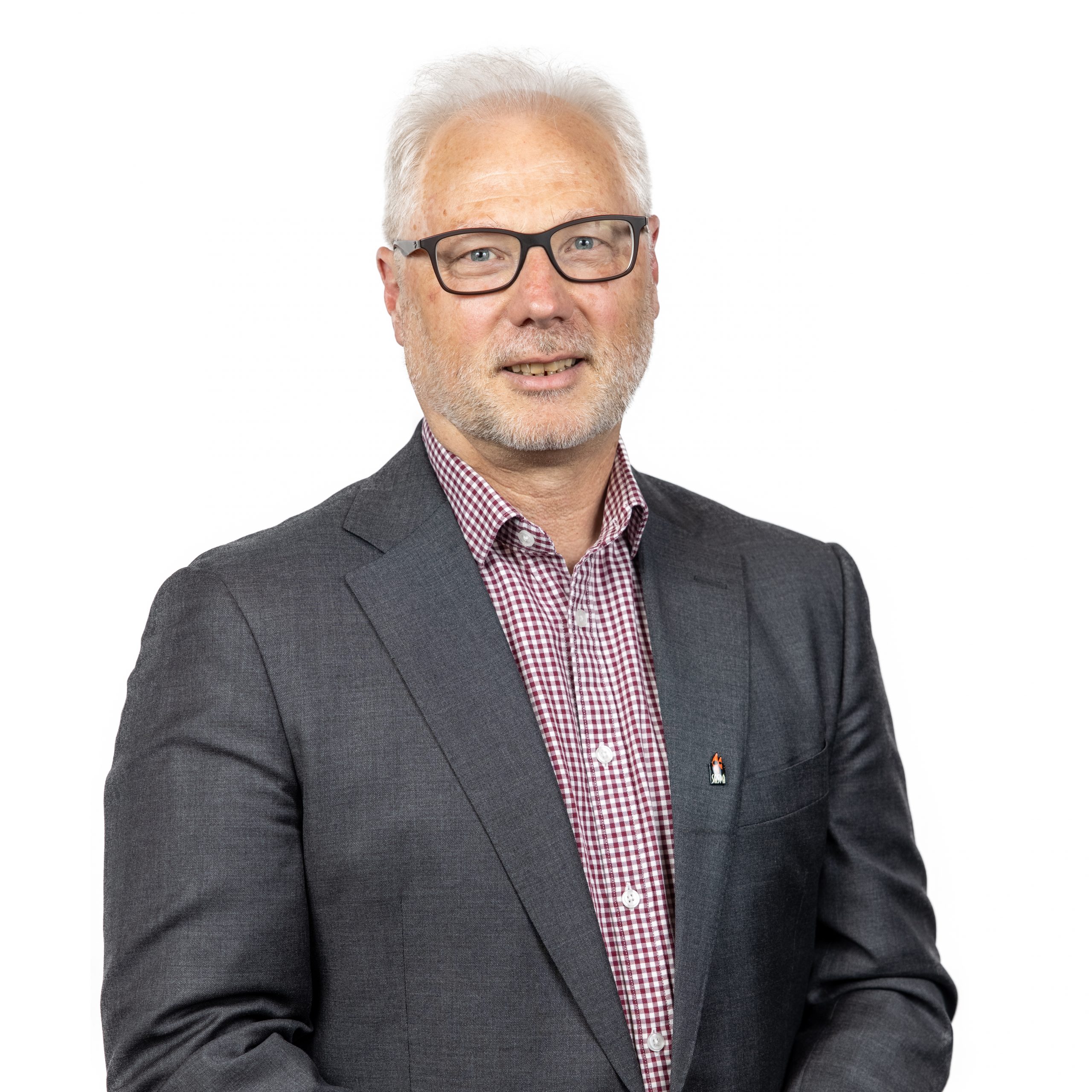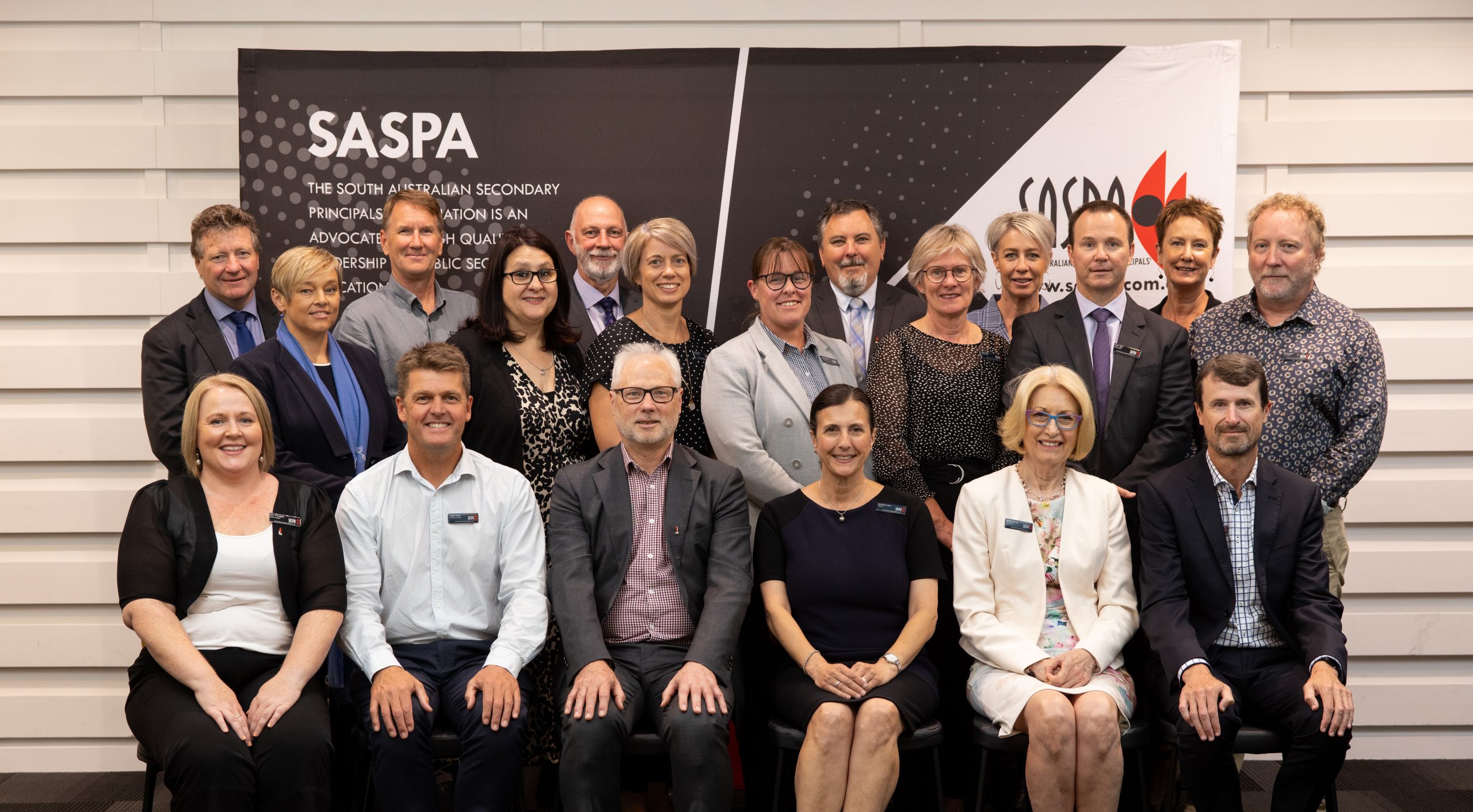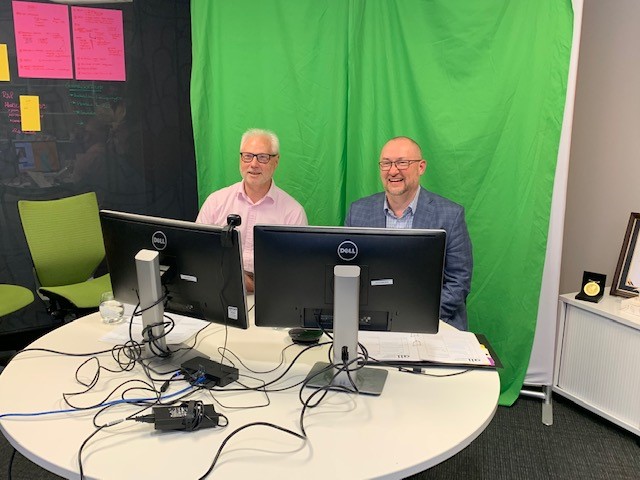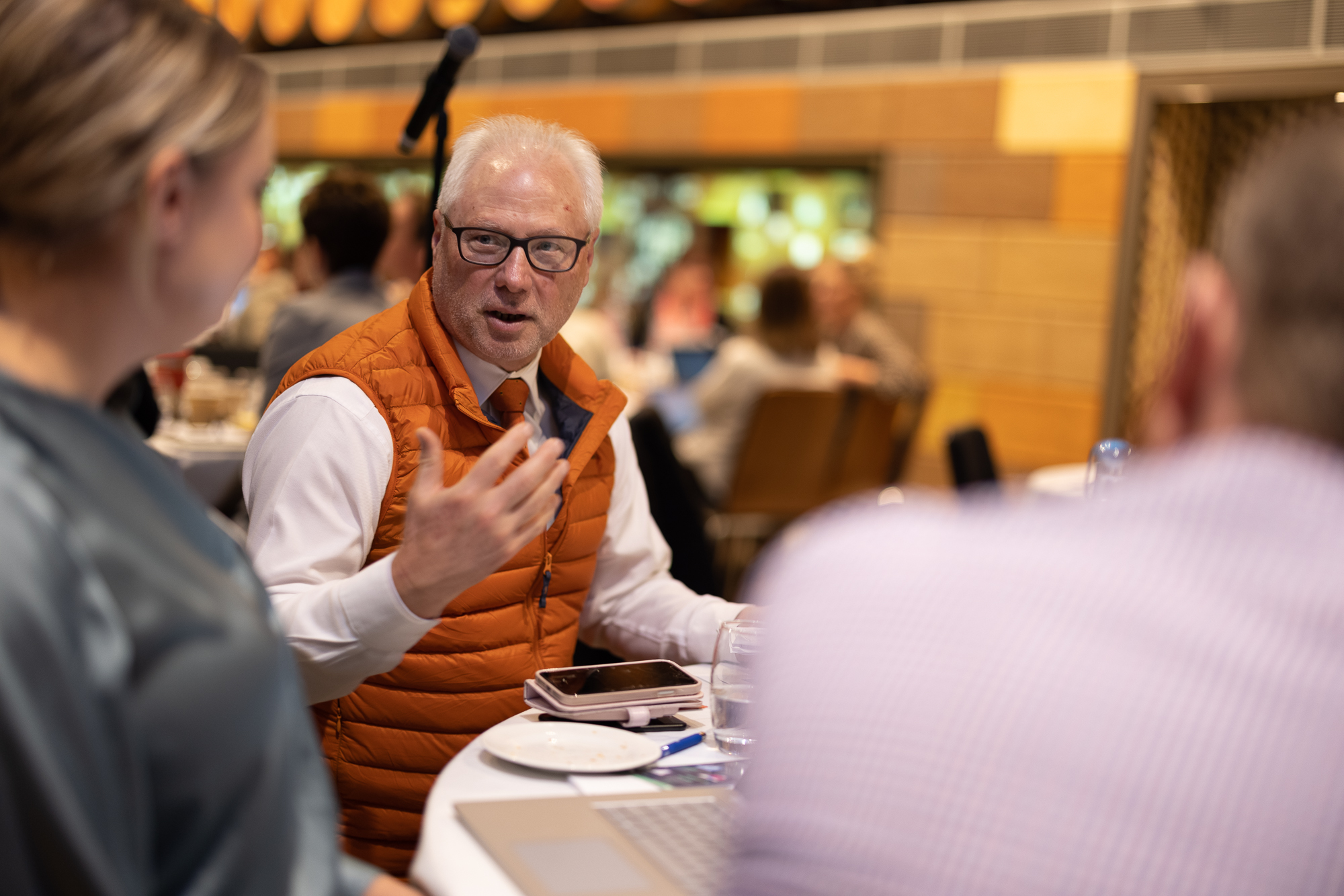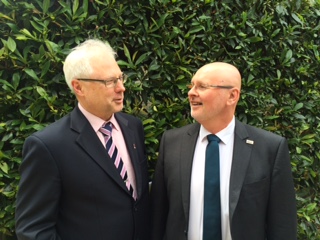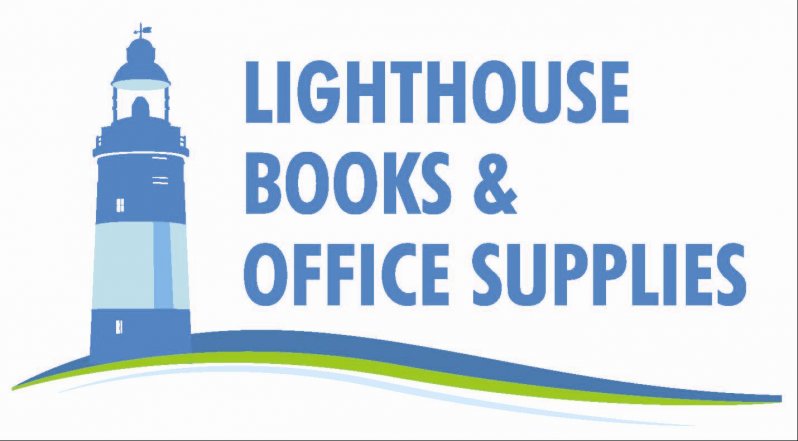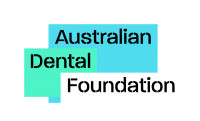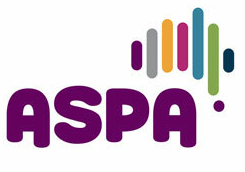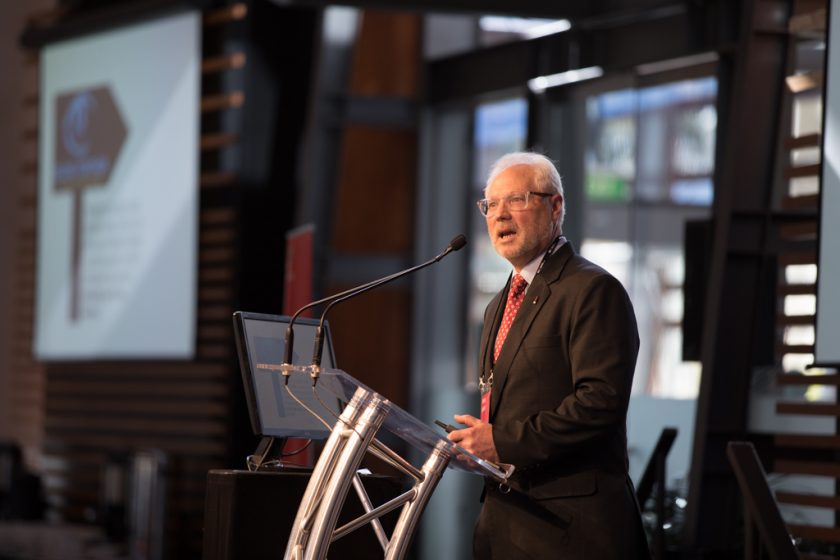
Peter Mader: the shift to academia and the past 7 years
After seven years of leading SASPA, in the roles of President and, more recently, Chief Executive, Peter Mader is about to move on to something different. However, he is not severing links with either SASPA or, more generally, secondary education in SA. Rather, he is about to finalise his doctoral study at Flinders University. His area of research covers the development of education policy in SA over the past 25 years (1995-2020). The basic methodology is described as ‘policy historiography’ and, specifically, the focus is on the interface between the Department and SASPA, as the professional association of state secondary principals, in the development and implementation of education policy.
In terms of specific education policy, Peter initially intended to focus on the single policy issue of merit selection. However, he was persuaded to go beyond the single focus and consider all key policy issues in SA over the period 1995-2020, finishing with the significant policy surrounding the shift of Year 7 to high school. The twenty-five year period takes in some highly significant education policies and represents a time of significant change in state schooling in SA.
Peter’s interest in the broad area of educational research and, more particularly, his commitment to a doctoral study, have been influenced by the work and experience of a previous SASPA President, Pat Thomson. Pat related to Peter that in 1995 when she was President of SASPA the then Chief Executive, Dennis Ralph, requested that she, on behalf of the Association, prepare a paper on school ‘devolution’. Broadly speaking, such devolution involved greater autonomy and responsibility for the individual school principal. Two features of the request stood out. The first was that the Department was seeking high-level advice from the relevant professional association that could significantly affect future policy and direction. This action was a significant recognition of the role of the association. It was assumed that the association represented a significant source of relevant professional advice. The second point was that devolution obviously implied some form of power shift from the centralised bureaucracy to the individual principal. Again, there was an obvious implication that the shift was required, and that the individual principals would be able to handle the increased responsibility. Clearly, there was a healthy professional dialogue and partnership in play at the time between the Chief Executive (Dennis Ralph) and the President of the Association. Another example from this period to highlight collaboration between SASPA and the Department involved another paper by Pat Thomson on ‘The Changing Role of the Principal’ (1997). This paper highlighted the critical and constructive relationship between the Department and SASPA, and also with the AEU. Pat wrote in the introduction:
The document is written to support Enterprise Agreement negotiations between the Australian Education Union (SA), the South Australian Secondary Principals Association and the Department of Education, Training and Employment. It provides a framework for discussing how the processes of social and educational change now affect, and will continue to influence, the Principal’s work. It also provides the basis for discussions about whether current school policy and reforms will meet the needs and aspirations of South Australian school communities.
However, there is a difference between intention and outcome, and over time, with changes in key personnel and different perspectives and approaches, there can be significant ‘slippage’, revision and re-working in terms of policy development and implementation. For example, some of the background work Pat Thomson undertook on devolution eventually, after many years, emerged in the Partnerships 21 program (2001-2004). But P21 did not have the full support of the secondary principals and many, including Pat Thomson herself, did not see the Government initiative as being in keeping with the earlier work on school devolution and increased principal autonomy. It was also the case that, after this period of interest in devolution and increased autonomy, education policy driven by the Department became more focused on notions of school improvement and accountability, which, by their very nature, have placed school principals in a more ‘defensive’ relationship with the Department.
As Peter explained, the focus of his research is on how education policy has been conceived, discussed and debated, settled and implemented over this period. Within this study there is the focus on the roles of both SASPA and the Department and, at an even closer level, the professional relationship between the President of the Association and the Department’s Chief Executive. Consequently, as essential background, Peter has undertaken interviews with all available Chief Executives and SASPA Presidents over the period under review.
Obviously, there is significant potential for difference, and even conflict, in such relationships. Ideally, the professional relationship should be characterised by ‘agonism’ – i.e., the respectful, engaging, creative and negotiated discourse between interested parties – rather than antagonism that reduces such discourse to ‘absolute victory’ for one side. Key to the notion of agonism is the concept of professionalism itself, and the belief that all parties to the discourse should bring high-level, relevant experience and understanding, as well as the commitment to the best outcomes for those affected by the policy. There are also other understandings involved. For example, there is the notion that the debate surrounding the development of the policy is ‘honest’ in the sense that attention is paid to the (real) driving forces behind the policy and that considerations such as self-interest do not dominate. The study will focus on the quality and effectiveness of the relationship between the key parties at pivotal policy junctures. It will also highlight the importance of a united SASPA voice in the critical relationship with the Department.
Obviously, Peter’s research has significant implications for SASPA’s future role in policy advocacy; and it will guide relationships between SASPA and the Department and between the Chief Executives of SASPA and the Department for Education.
Looking back over SASPA’s recent history
Peter’s leadership roles in SASPA as both President and Chief Executive, over the last seven years, have seen him become the longest serving SASPA leader of the recent past; and so it is worth having a closer look at how SASPA has fared over his tenure and, for the future, what he sees as SASPA’s essential role.
The most obvious development over his tenure has been the focus on what can be best described as ‘organisational professionalism’. The Association has taken on a more professional ‘look and feel’ and, essentially, has become more professional in both its operation and structure. This observation obviously relates to the more professional communication channels – the website, e-Bulletins etc – that have been created. It also relates to important in-house staffing developments where there are now dedicated positions in finance, membership services and media and events management. There is a more sound financial base for the Association, and a more substantial DfE grant has been secured. Also, there has been significant reform in the governance of the Association, most notably with the creation of the position of Chief Executive. The overall approach has seen a rise in membership and, more significantly, an increase in the number of individual state secondary schools with direct involvement in the committee structure that underpins SASPA’s work. Other indicators of a strong professional association such as conference registrations and the level of participation in other training programs – for example SASPA’s ‘Unleashing Your Leadership Potential (UYLP)’ program for aspiring leaders – have also shown significant growth. At the end of 2021, the UYLP program, over the 6 years of its operation, can point to 265 graduates. Essentially, Peter’s focus on building the professional structure and character of the Association has proved very successful.
Peter is convinced that SASPA’s critical role in advocacy, on behalf of State secondary education generally and State secondary principals, must always rest on an Association that is functioning at a very high professional level. Such professionalism is critical for both credibility and ‘clout’.
Based on this commitment to organisational professionalism, Peter has always believed that SASPA’s key role, in terms of advocacy, is to present a commensurately professional ‘voice’ for secondary leaders. There are other institutions, for example the Department itself and the AEU, that claim to speak on behalf of principals as professionals. Indeed, such institutions and organisations even assume the right to prescribe the role and responsibility of the principal. However, the very notion of ‘professionalism’ insists that those who make up the profession must themselves, to a significant degree, define their role and responsibilities, and also the values, culture, objectives and aspirations that characterise the State secondary schools where they serve as leaders. For Peter, SASPA’s critical work is about maintaining both the right and responsibility of the principal, as a professional, to set the narrative for what State secondary education should represent and, within this, to shape the role of the principal and actively support them in their work.
You can see this basic approach reflected in many areas. For example, the program run over the past few years on principals’ work – ‘Paradox in the lives and work of school principals’ – which has now become the new professional learning program, ’The Thriving Principal’ . But the focus has been not just on the principal’s work. SASPA has also played a key role in charting the very nature of secondary schooling. For example, SASPA was significantly involved in the preparation of the ASPA monograph, Beyond Certainty: A Process for Thinking About Australia’s Education Future. Equally, it played a significant role in broadening the description of the very purposes of Australian education, as in the Alice Springs (Mparntwe) Declaration (2019). And at the level of State changes, it is important to acknowledge SASPA’s role in the ‘year 7 to high school’ program. In that instance, it was able to draw on the success of several member schools’ experiences to lobby effectively for the change. The key feature in all these areas is that there has been a highly professional ‘voice’, represented by SASPA, that speaks on behalf of the principals as a professional body. It has been both the protection and development of this ‘professional voice’ that Peter has seen as the core responsibility of his work over the past 7 years.
The future for SASPA
For the future, Peter sees it essential that SASPA continues its strong professional narrative, one focused on the quality of education generally and the work of secondary principals. SASPA’s voice needs to be informed and critical, rich and considered, and fair and engaging. SASPA has to protect the profession of State secondary principals.
